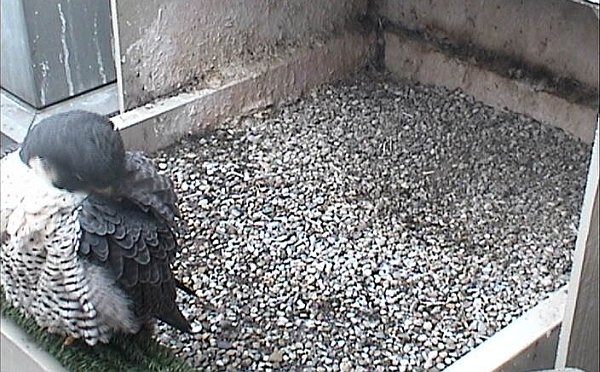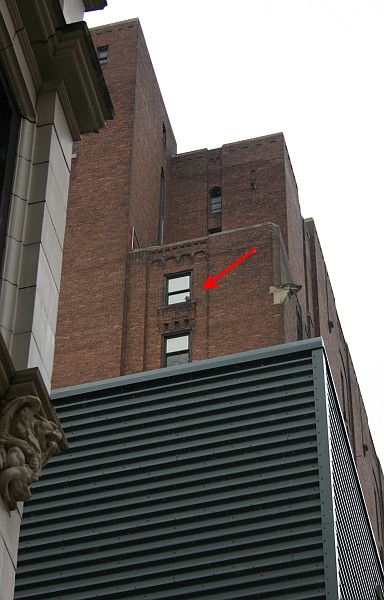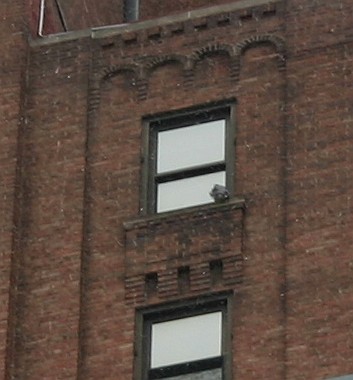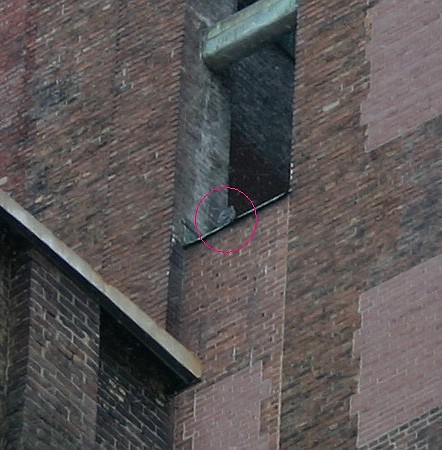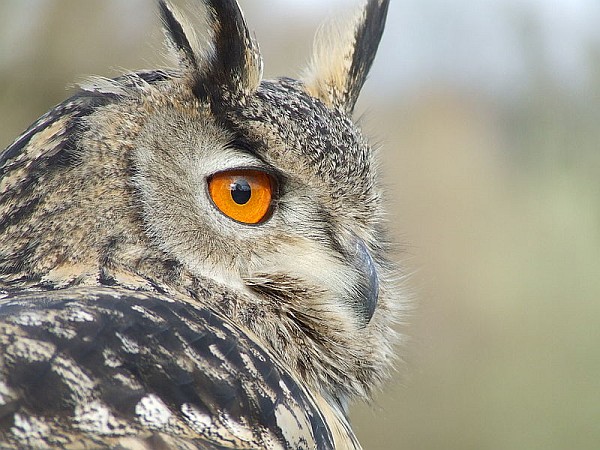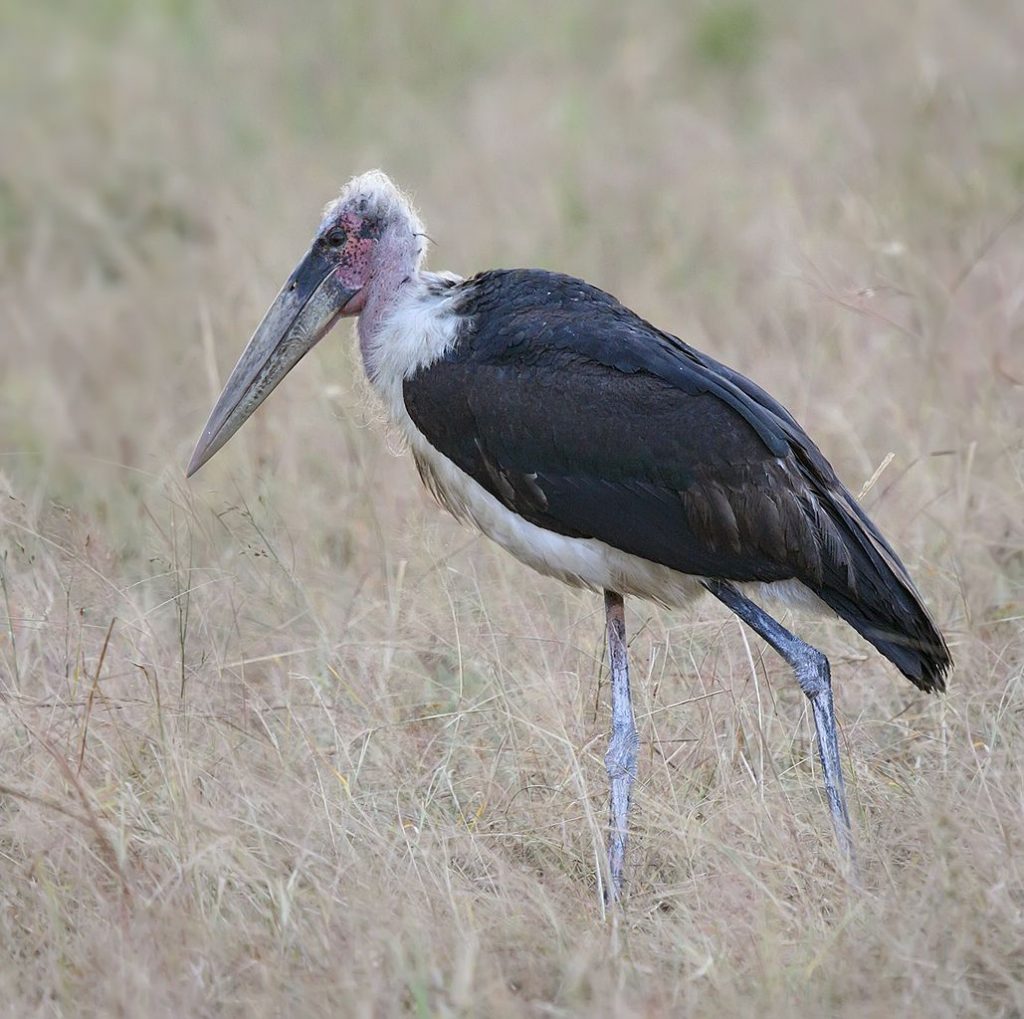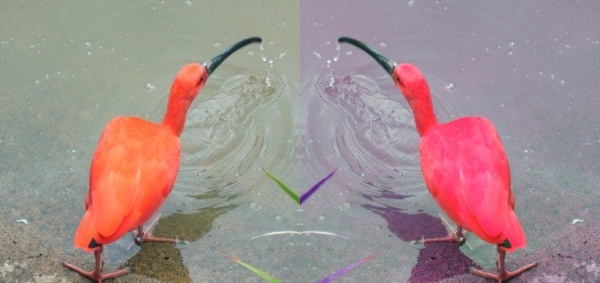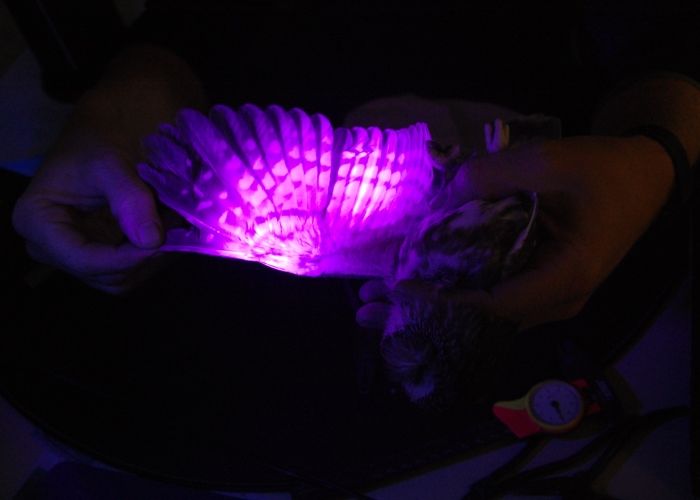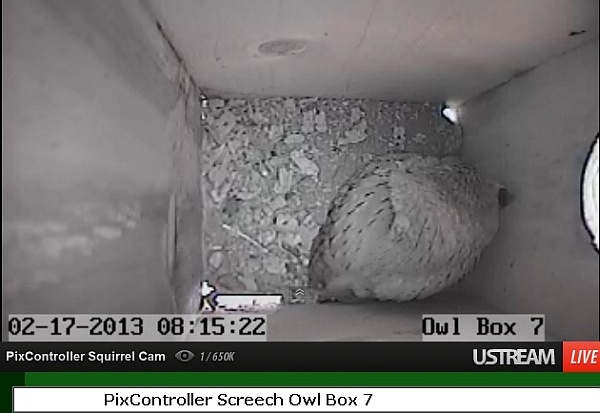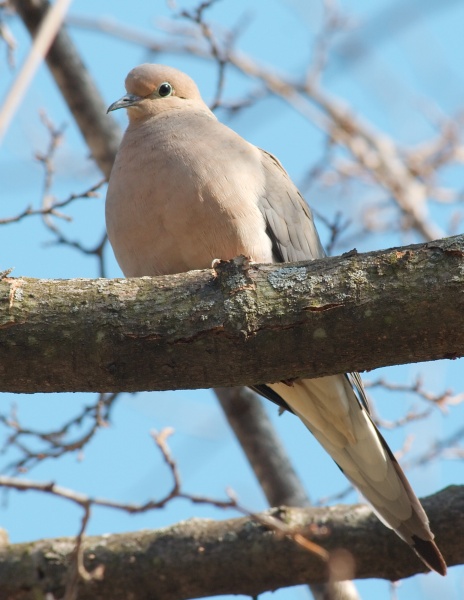Romancing the Wind from Robert Holbrook on Vimeo.
My love of birds has me fascinated with almost anything that flies. Perhaps this is true for you too.
Last month my sister-in-law sent me a link to this 2004 video called Romancing The Wind. Produced by Robert Holbrook, it shows professional kite flyer Ray Bethell flying three kites simultaneously in an aerial ballet. Music from Leo Delibes’ The Flower Duet complements the kites.
Ray Bethell is an amazing man. Over 80 years old, he’s a Multiple Kite World Champion from Vancouver, Canada who holds world records in endurance and number of simultaneous kites flown. Here you see him flying three kites at Vanier Park, holding one in each hand with a third tied to his belt. He’s used this same technique to fly 39 kites at the same time! Read more on his website here.
Like the falcons, Ray Bethell’s kites court in the wind.
p.s. The kite model Ray is using has a falcon name: Kestrel.
(video of Ray Bethell by Robert Holbrook on Vimeo)

